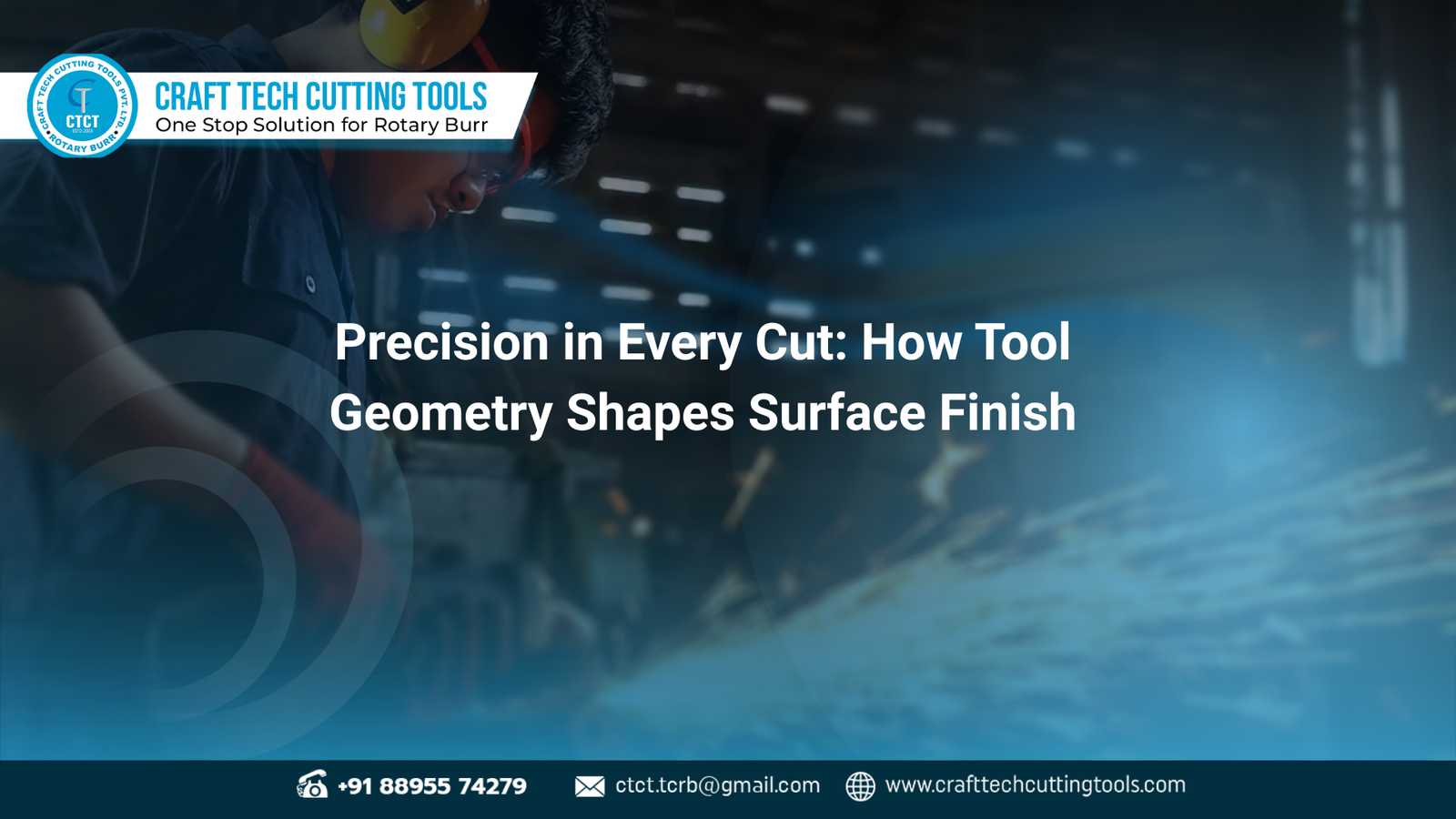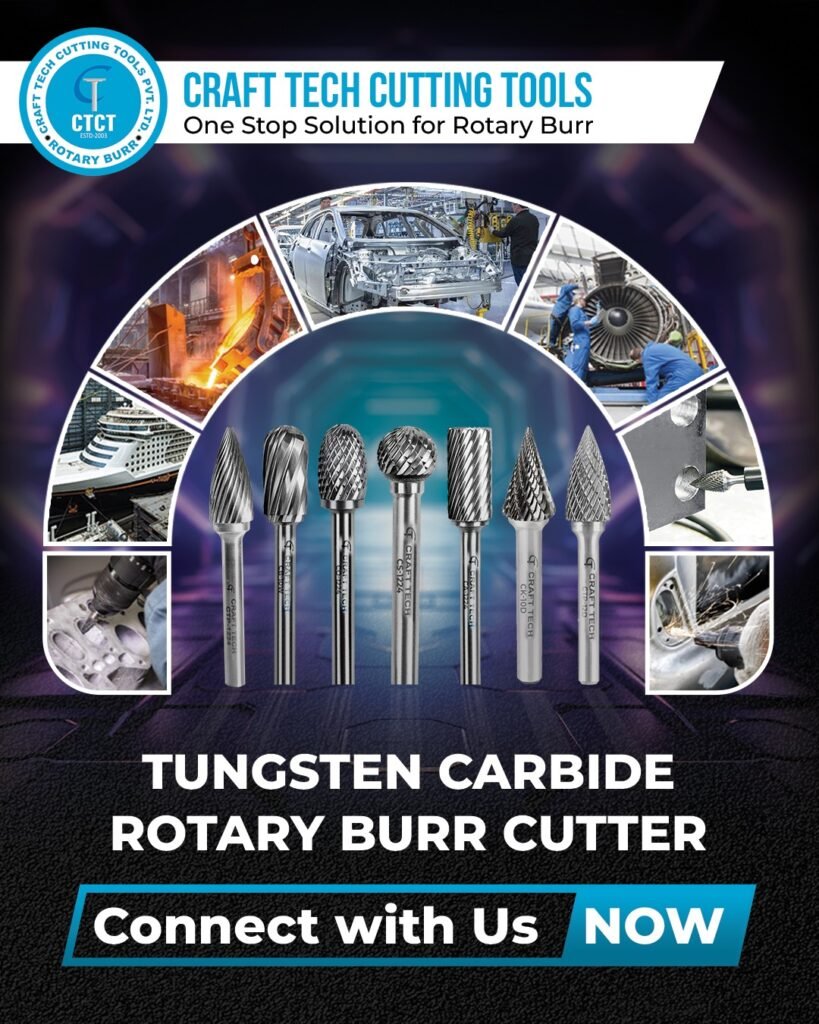In high-precision machining, surface finish isn’t just about aesthetics—it’s about functionality. Whether you’re crafting aerospace components, medical implants, or automotive parts, the geometry of your cutting tool plays a major role in the final output.
When it comes to tool design, cutting tool geometry is often the deciding factor between a good finish and a great one. This includes rake angles, edge radii, flute design, and more.
What Is Cutting Tool Geometry?
Cutting tool geometry refers to the physical features of a cutting tool that define how it interacts with material. These include:
-
Rake angle
-
Relief angle
-
Edge and nose radius
-
Helix and flute angle
👉 Each of these features, when properly optimized, can dramatically affect cutting efficiency and surface quality.
Why Geometry Matters in Real-World Machining
Let’s explore how each aspect impacts your machining results—and why Craft Tech Cutting Tools is a leader in getting this geometry right.
- Edge Radius and Surface Smoothness
A smaller edge radius typically results in a smoother surface finish. However, it can compromise durability if not balanced correctly.
That’s why Craft Tech’s burr cutter tools are designed with optimal edge profiles—ensuring both sharpness and tool life.
- Flute Design and Helix Angle
The flute’s shape and helix angle determine chip flow. For example, a well-engineered helix angle can reduce cutting resistance and deliver a clean surface.
In addition, smoother chip evacuation reduces tool marks, vibration, and heat generation—key for high-end finishing.
- Rake and Relief Angles
A positive rake angle enhances chip control and reduces power consumption. However, it must be adjusted according to the material.
Craft Tech’s rotary burrs are built with material-specific geometries, making them ideal for metals, composites, and plastics alike.
Tool Coatings That Work With Geometry
While geometry sets the base, coatings provide the final performance edge. For instance, titanium-aluminum coatings reduce wear and heat, extending tool life.
Therefore, combining smart tool geometry with durable coatings results in cleaner finishes and reduced production time.
✅ Final Thoughts
Choosing the right tool geometry can be the difference between costly rework and production perfection. For this reason, professional machinists across India rely on tools that are not only sharp—but smartly designed.
👉 Craft Tech Cutting Tools delivers this precision with a full range of burr cutter tools, cylindrical burrs, and rotary burrs engineered to improve finish quality across industries.


